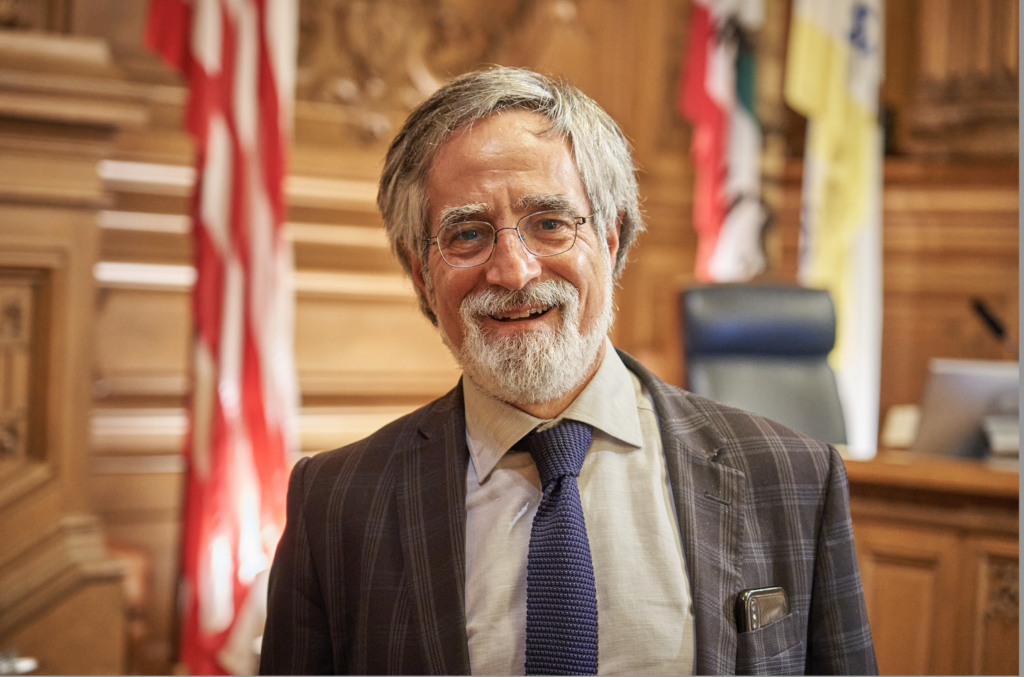This year, 45 separate bills were introduced in the California State Legislature aimed at amending the California Environmental Quality Act. The sudden enthusiasm for changing CEQA appears to stem from the recent controversy related to UC Berkeley enrollment that erroneously blamed our state’s landmark environmental law for the university’s poor planning.
Blaming CEQA for California’s problems is easier than wrestling with the root causes of challenges like housing affordability and access to higher education. But the temptation to amend CEQA makes sense when one considers the deep pockets of lobbyists seeking to maximize profit while undermining affordable housing mandates, eviction protections, and union labor. Especially given the serious issues of climate change and environmental justice, now is not the time to weaken this critical law.

In recent years San Francisco has been a statewide model for streamlining approvals for new housing under CEQA. As of this writing, the city has given the green light to more than 50,000 new housing units that are waiting to be built. Whatever forces are at play to slow down housing construction—from supply chain challenges to high construction costs to lack of funding for affordable housing—CEQA is not to blame.
A recent report drafted by the Housing Workshop confirms that San Francisco is doing everything feasible to streamline production of multifamily housing, which by design tends to be more affordable. From 2018-2020, only seven of 120 proposed multifamily housing developments had to complete a full Environmental Impact Report. The rest of the developments were either completely exempt from additional environmental review due to previous analyses conducted at the neighborhood plan level, complied with other streamlining provisions, or were found to have negligible impacts.
Meanwhile, CEQA has done a tremendous amount of good in protecting natural areas and safeguarding public health. The state’s leading environmental justice organizations now recognize CEQA as one of the most important tools to protect low-income communities from polluting industries and other threats to public health.
For decades, CEQA has played a key role in creating San Francisco’s dynamic urban ecosystem. When a new federal building was planned at the corner of 10th and Market Streets in 2007, analysis under CEQA showed it would have created strong wind tunnels. Thanks to CEQA, the same project was built at a safer location, just three blocks away. The same benefits were provided with fewer impacts.
Similarly, when the new Giants ballpark was planned in 2000, extensive community input made it possible to shoehorn a stadium with capacity for 30,000 visitors into a congested downtown area. Today, Oracle Park offers less parking than any other ballpark in a major metropolitan area and thousands of baseball fans continue to attend games by ferry, CalTrain, Muni, and other modes of public transit.
CEQA has also protected our region’s natural treasure, the San Francisco Bay itself, from being filled. In 2001, environmental review led the Board of Supervisors to reject a proposed runway expansion at SFO after analysis showed it would cause extensive harm to the Bay. That’s just one of many examples where an honest assessment of the costs and potential benefits of developments have led public agencies to protect shared public resources over the interests of industry.
The fact is, disagreements over CEQA are extremely rare—and they tend to result in improved projects. In San Francisco, from 2016 to 2020, only 0.4 percent of CEQA determinations were subject to appeal. That’s a much lower percentage than one might assume given the breathless commentary and cries for “reform.” Of those appeals, roughly 40 percent were withdrawn following modest project revisions, and only seven appeals were granted over the span of five years. These numbers show CEQA working as intended, with competent staff analysis and only occasional review. Hardly the justification for today’s constant cries to water down California’s most important environmental protection.
Updating CEQA from time to time to address new environmental and social issues certainly makes sense, if CEQA experts and environmental advocates are at the table. But the legislature should be wary of tossing out the baby with the bathwater. When it comes down to it, we only have one planet to call home. It behooves all of us to embrace – not dismantle – the tools we have to protect it.
Aaron Peskin represents District 3 on the Board of Supes. He is a member of the Bay Conservation and Development Commission and the San Francisco Bay Restoration Authority, and a former California Coastal Commissioner.



